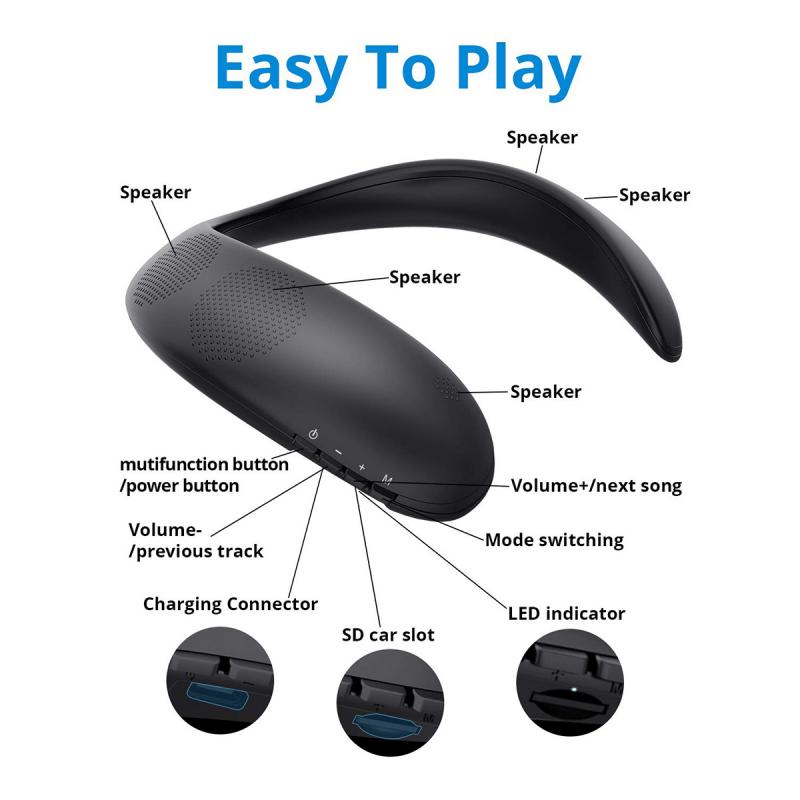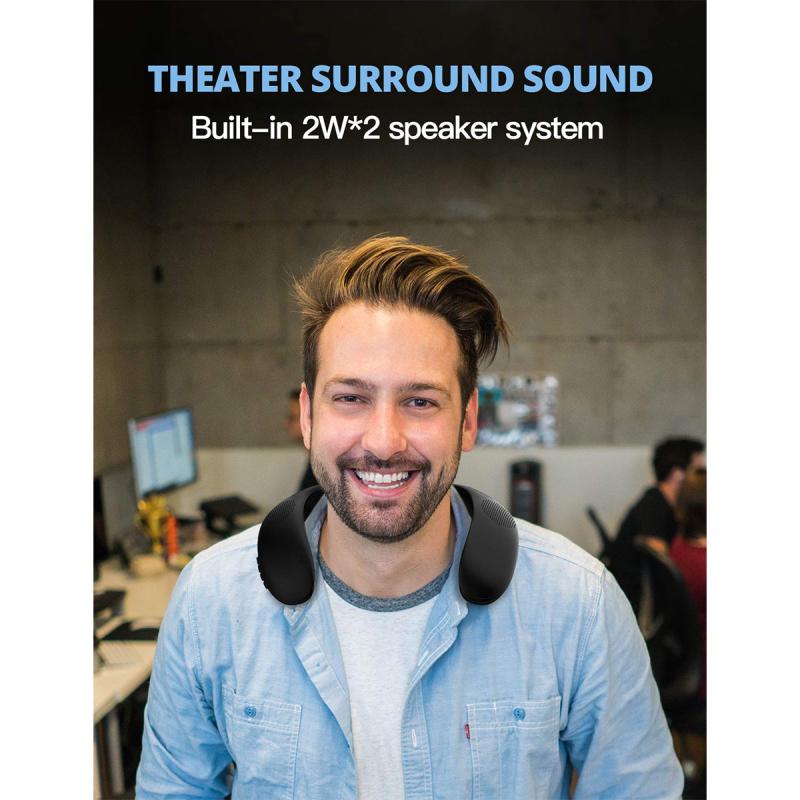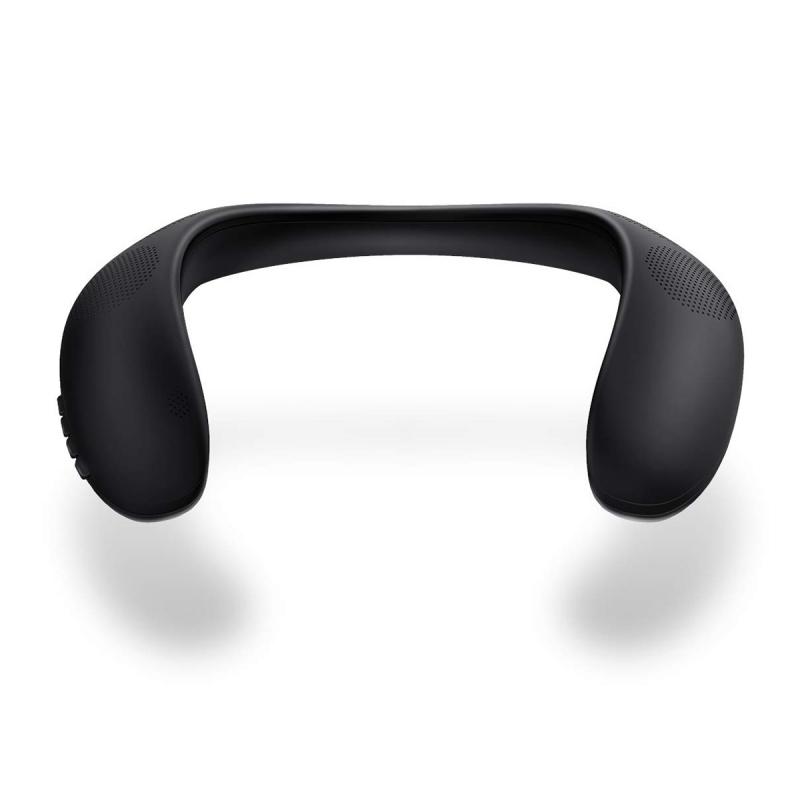Can Headphones Damage Your Ears?
Can Headphones Damage Your Ears? Understanding the Risks and How to Protect Yourself
In today's digital age, headphones have become an indispensable part of our daily lives. Whether it's for listening to music, attending virtual meetings, or enjoying a podcast, the convenience and immersive experience that headphones provide are unparalleled. However, with the increasing use of headphones, concerns about their potential impact on hearing health have also risen. This article aims to explore whether headphones can damage your ears, the mechanisms behind such damage, and practical steps you can take to protect your hearing.
Understanding How Hearing Works

Before delving into the potential risks associated with headphone use, it's essential to understand how hearing works. Sound waves enter the ear canal and cause the eardrum to vibrate. These vibrations are transmitted through the ossicles (tiny bones in the middle ear) to the cochlea in the inner ear. The cochlea is filled with fluid and lined with tiny hair cells that convert these vibrations into electrical signals, which are then sent to the brain for interpretation.
How Headphones Can Damage Your Ears

1. Volume Levels: One of the primary ways headphones can damage your ears is through exposure to high volume levels. Listening to music or other audio at high volumes can cause the hair cells in the cochlea to become overstimulated and damaged. Unlike other cells in the body, these hair cells do not regenerate, leading to permanent hearing loss.
2. Duration of Use: Prolonged use of headphones, even at moderate volumes, can also contribute to hearing damage. The cumulative effect of long-term exposure to sound can lead to noise-induced hearing loss (NIHL).
3. Type of Headphones: Different types of headphones can have varying impacts on your ears. For instance, in-ear headphones (earbuds) deliver sound directly into the ear canal, which can increase the risk of damage compared to over-ear headphones that sit outside the ear.
4. Noise Isolation: Headphones with poor noise isolation can lead users to increase the volume to compensate for background noise, further increasing the risk of hearing damage.
Recognizing the Signs of Hearing Damage

It's crucial to recognize the early signs of hearing damage to take timely action. Some common symptoms include:
- Tinnitus: A ringing, buzzing, or hissing sound in the ears that is not caused by an external source.
- Muffled Hearing: Difficulty understanding speech or feeling like sounds are muffled.
- Ear Pain: Discomfort or pain in the ears after using headphones.
- Sensitivity to Sound: Increased sensitivity to everyday sounds.
Practical Steps to Protect Your Hearing

1. Follow the 60/60 Rule: A widely recommended guideline is the 60/60 rule, which suggests listening to audio at no more than 60% of the maximum volume for no longer than 60 minutes at a time. This helps minimize the risk of hearing damage.
2. Use Noise-Canceling Headphones: Investing in noise-canceling headphones can reduce the need to increase the volume in noisy environments. These headphones work by actively canceling out background noise, allowing you to listen at lower volumes.
3. Take Regular Breaks: Give your ears a break by taking regular intervals between headphone use. This allows the hair cells in your ears to recover from any temporary strain.
4. Choose Over-Ear Headphones: Over-ear headphones are generally considered safer than in-ear headphones because they sit outside the ear and distribute sound more evenly. They also tend to offer better noise isolation.
5. Monitor Volume Levels: Many modern devices come with built-in volume limiters or warnings when the volume is too high. Pay attention to these alerts and adjust the volume accordingly.
6. Get Regular Hearing Check-Ups: Regular hearing check-ups can help detect any early signs of hearing loss. If you experience any symptoms of hearing damage, consult an audiologist for a professional evaluation.
The Role of Technology in Hearing Protection
Advancements in technology have also contributed to hearing protection. Some headphones now come with features specifically designed to protect your ears:
- Volume Limiting: Some headphones are equipped with volume-limiting technology that caps the maximum volume output, making it safer for prolonged use.
- Sound Level Monitoring: Certain apps and devices can monitor your listening habits and provide feedback on safe listening practices.
- Adaptive Sound Control: This feature adjusts the volume based on the surrounding environment, ensuring that you don't need to manually increase the volume in noisy settings.
Addressing Common Myths
1. Myth: Only Loud Music Can Cause Hearing Damage: While loud music is a significant risk factor, any prolonged exposure to high volume levels, regardless of the type of audio, can cause hearing damage.
2. Myth: Hearing Damage is Always Immediate: Hearing damage can be gradual and may not be immediately noticeable. It's essential to adopt safe listening practices even if you don't experience immediate symptoms.
3. Myth: All Headphones are Equally Harmful: The type and quality of headphones can influence the risk of hearing damage. High-quality headphones with good noise isolation and volume-limiting features are generally safer.
Headphones, when used responsibly, can provide a fantastic audio experience without compromising your hearing health. Understanding the risks associated with high volume levels, prolonged use, and poor-quality headphones is crucial in preventing hearing damage. By following practical steps such as adhering to the 60/60 rule, using noise-canceling headphones, taking regular breaks, and monitoring volume levels, you can enjoy your favorite audio content while protecting your ears.
Remember, hearing is a precious sense that, once lost, cannot be fully restored. Prioritizing your hearing health today will ensure that you continue to enjoy the sounds of life for years to come. If you have any concerns about your hearing, don't hesitate to seek professional advice from an audiologist.
